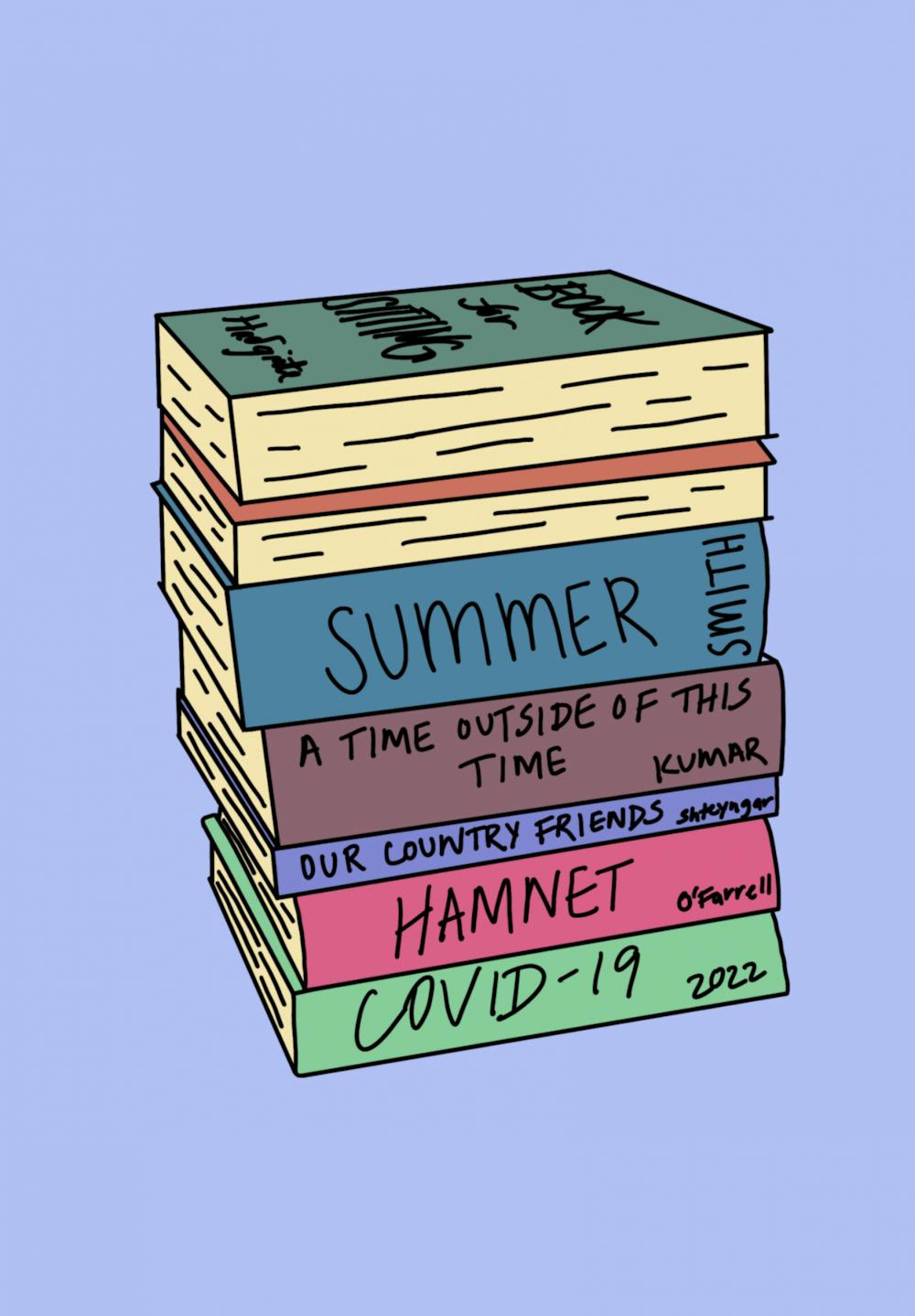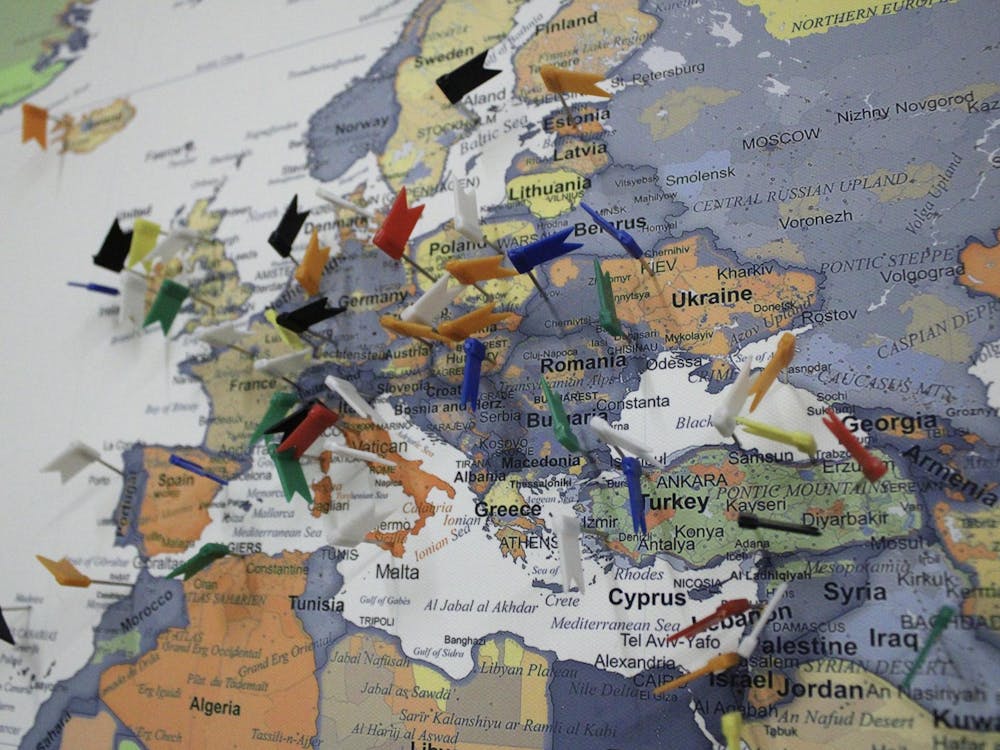The COVID-19 pandemic has been a period of great loss, confusion and depression. It has driven conflict between political parties, friends and families and — as we’ve frequently witnessed between University administrators and students — community members and their leaders. These rifts are certainly justified in many instances, but the impact of this pandemic on the world has made the news an endless cycle of sadness. Headlines may arise that rightfully applaud the work of health officials, but even these positive takes just briefly brighten the laboring efforts of overwhelmed hospitals.
This dreariness seemed unbreakable to me prior to this past winter break. I didn’t see any joyful potential in this pandemic — and certainly, there are none that will overcome the irreparable loss of lives. However, as with many traumatic time periods, artists have begun to adapt their surroundings into their craft by making COVID-19 more than just a deadly virus. In a time when it is extremely difficult to find happiness, I believe it is incredibly important to look toward the creative potentials of our here and now. As an avid reader, books are often my mode of escape, and I know many of my fellow readers will feel the same. Literature has the capacity to recontextualize and reinvent our realities, offering perspectives that inspire us and teach us — and even make us laugh and smile.
Throughout American and global history, writing has been a primary means of expression for those living through major historical moments. Virginia Woolf’s “Mrs. Dalloway” partly depicts the psychological effects of World War I on a returning veteran. Gabriel García Márquez’s “Love in the Time of Cholera” portrays a journey toward love in a moment also ridden by contiguous outbreaks. Angie Thomas’ “The Hate U Give” processes police killings of young Black people through the lens of a Black teenager. Police brutality, contagious disease and post-traumatic stress disorder — these are not topics we should contemplate cheerfully, nor do these authors. Yet they transform horrific realities into fictions that people read — usually obsessively if you’re like me.
Reading fiction is often a means of understanding history. It personalizes experiences that news stories easily depersonalize. We simply don’t sympathize with a number on a chart as much as we do with a human — even if that human is just words and the face you’ve given them in your head. Yet that latter part is why I find literature to be such an effective way to cope with and understand certain historical moments. We’re equally as involved in the creation of characters as the author. The author may describe a scene and its characters, but we’re the ones to construct them in our minds.
While no masterpiece will ever outweigh the loss that we’ve seen during the COVID-19 pandemic, we’re already beginning to see the literary outcome of this difficult time. Ali Smith’s “Summer,” Amitava Kumar’s “A Time Outside This Time” and Gary Shteyngart’s “Our Country Friends” are early examples of pandemic fiction. These particular texts reconcile the realities of the pandemic and misinformation with pushes toward family and friendship — and the truth, in Kumar’s case. Even Maggie O’Farrell’s “Hamnet” — written prior to COVID-19 but published in March 2020 — offers a tale of contagion. In it, O’Farrell fictionalizes the Shakespeare family, depicting their conflict and search for love following the death of young Hamnet Shakespeare at the hands of the bubonic plague. Such a story was eerily, yet touchingly, prescient to the events that would follow its drafting.
Moving on from this pandemic is not something most of us will be able to emotionally achieve for years. Nonetheless, we should embrace the creative potential that it lends to artists of any and every medium. While the traumas prefacing many artistic creations will never be dismissible — PTSD, contagion and systemic racism have not disappeared — we can and should appreciate the works of writers like Woolf, García Márquez, Thomas, Smith, Kumar and Shteyngart. These names are a very select few of the artists who have coped with historical moments through art. I have no doubt many more will do so with COVID-19. And I encourage everyone to search for these artworks and take what solace they can from them — find a reason to smile in a time that often denies us the chance to.
Bryce Wyles is an Opinion Editor for The Cavalier Daily. He can be reached at opinion@cavalierdaily.com.
The opinions expressed in this column are not necessarily those of The Cavalier Daily. Columns represent the views of the authors alone.







